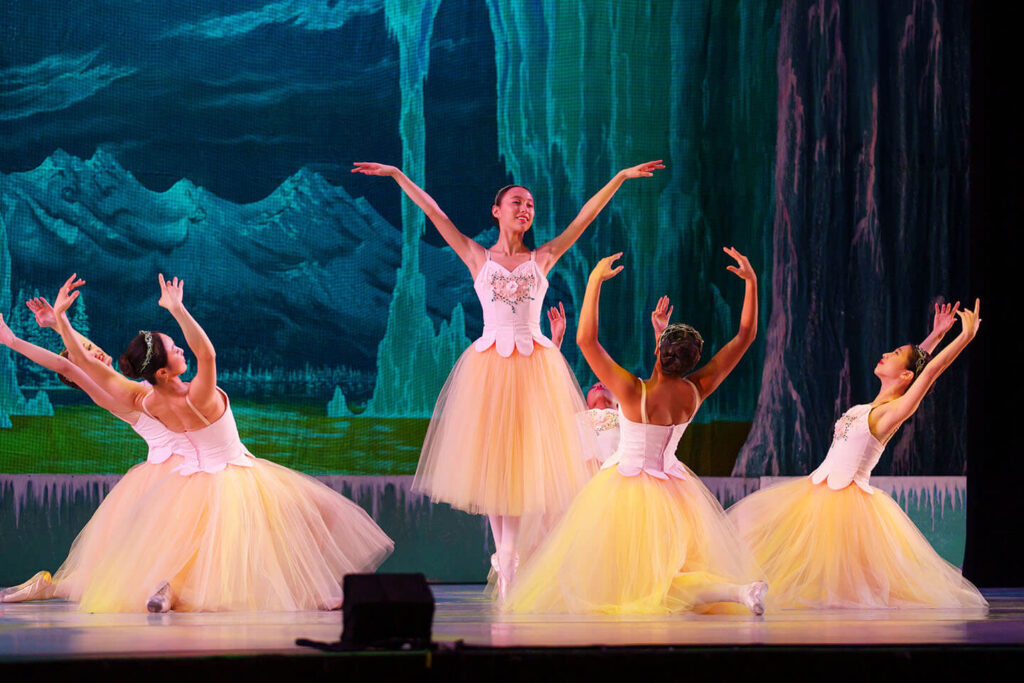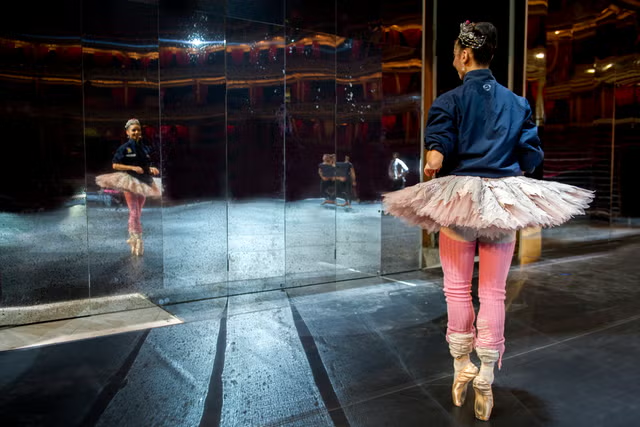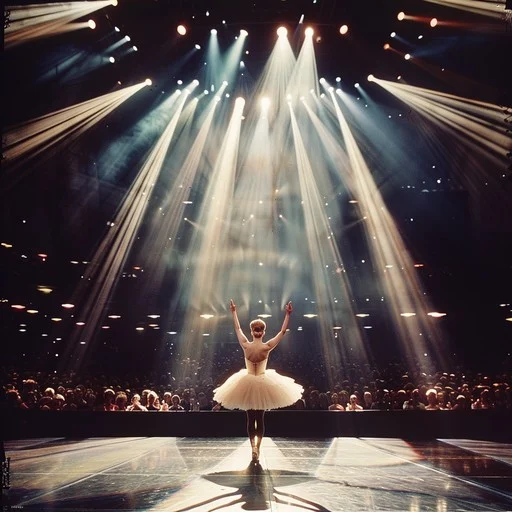
“Ballet Dreams: Behind the Scenes

Ballet is often seen as the epitome of elegance, grace, and beauty. The way a ballerina effortlessly glides across the stage, performing complex movements with what seems like little effort, is nothing short of mesmerizing. But what you don’t see is the immense hard work, the sweat, the sacrifices, and the dedication that go into becoming a ballerina.
In this blog post, we’re pulling back the curtain to give you a peek behind the scenes of a ballerina’s journey—one that’s filled with challenges, triumphs, and a deep passion for the art.
Table of Contents
The Early Days: A Dream Begins

For most ballerinas, their journey begins at a young age. Many start training as children, enrolling in dance classes and quickly becoming fascinated with the world of ballet. But the road to becoming a professional dancer isn’t easy, and it takes more than just natural talent.
“Ballet is about discipline,” says Sofia, a principal dancer with a renowned ballet company. “You need to dedicate yourself completely. It’s not just about being talented—it’s about putting in the work, day in and day out.”
The early years are crucial for a dancer’s development. They spend countless hours mastering basic movements—pliés, tendus, and relevés—developing muscle strength, flexibility, and body awareness. At this stage, many young dancers are dreaming of becoming professionals, but they are just beginning to understand the commitment required.
The Grueling Training: Hours in the Studio

Once a dancer reaches their teens, the journey intensifies. Ballet training becomes more rigorous, and many aspiring ballerinas attend ballet schools or conservatories that focus solely on their development as dancers. Their days consist of long hours in the studio, working through various exercises, stretches, and routines.
For a ballerina, a typical day might begin with a warm-up class in the morning, followed by multiple rehearsals for upcoming performances. They’ll work on technique, build stamina, and practice choreography. As they approach a big performance, rehearsals can become even more demanding, often stretching into the evening.
The repetition can be exhausting, but it’s also necessary for perfection. Each movement must be executed with precision, as ballet is as much about control as it is about artistry.
The Physical Toll: Sacrifices and Injuries

Ballet, for all its beauty, is tough on the body. The constant demand for flexibility, strength, and balance can result in overuse injuries. Ballerinas often face sore muscles, strained tendons, and even stress fractures. Many dancers learn to push through pain, but there’s always a risk of long-term injury.
“The hardest part of being a ballerina is the physical toll it takes on your body,” says Elena, a former dancer who now coaches younger dancers. “It’s hard to talk about because the pain is often something you just have to live with. But it’s also part of the job.”
In addition to physical pain, there are sacrifices that come with being a ballerina. Social events and personal time often take a backseat to training and rehearsals. Friendships and family relationships can sometimes be strained by the demands of the profession. But for many ballerinas, these sacrifices are worth it, as the joy and fulfillment they get from performing outweigh the personal costs.
The Spotlight: A Ballerina’s Performance

After years of training and preparation, the moment of truth arrives—performance time. There’s an adrenaline rush that comes with stepping onto the stage, under the bright lights, in front of an audience that is eagerly awaiting the show. A ballerina must summon every ounce of grace, strength, and emotional depth to make each movement come alive.
But even then, the work doesn’t stop. Rehearsals and performances often continue for months, as the company works on perfecting new ballets or refining existing ones. And for many ballerinas, this is where the magic happens. The stage is where they truly express themselves.
The Mental Side: Perseverance and Passion

While ballet may seem all about physicality, the mental side of the profession is just as crucial. A ballerina must develop mental toughness to cope with the constant pressure to perform, the fear of failure, and the constant comparison to others. There’s an emotional strength that comes with dealing with the ups and downs of a dancer’s career—whether it’s the excitement of a successful performance or the disappointment of an injury that puts you out of the game.
At the heart of it all, however, is passion. For ballerinas, ballet is more than just a job or a hobby—it’s a calling. Their dedication to their craft is unwavering, and despite the hardships, they continue to chase their dreams, striving to be the best version of themselves.
The Legacy of Ballet: A Lifelong Journey

The journey of a ballerina is never truly over. Even when they reach the height of their career, there are always new challenges to face, new techniques to master, and new performances to prepare for. For many, ballet is a lifelong journey—one that evolves as they grow older, transition into new roles, or even pass on their knowledge to the next generation of dancers.
Ballet dreams may begin as small sparks of inspiration, but they grow into something much bigger. The hard work, sacrifices, and moments of triumph are all part of the incredible journey that shapes a ballerina’s life.






